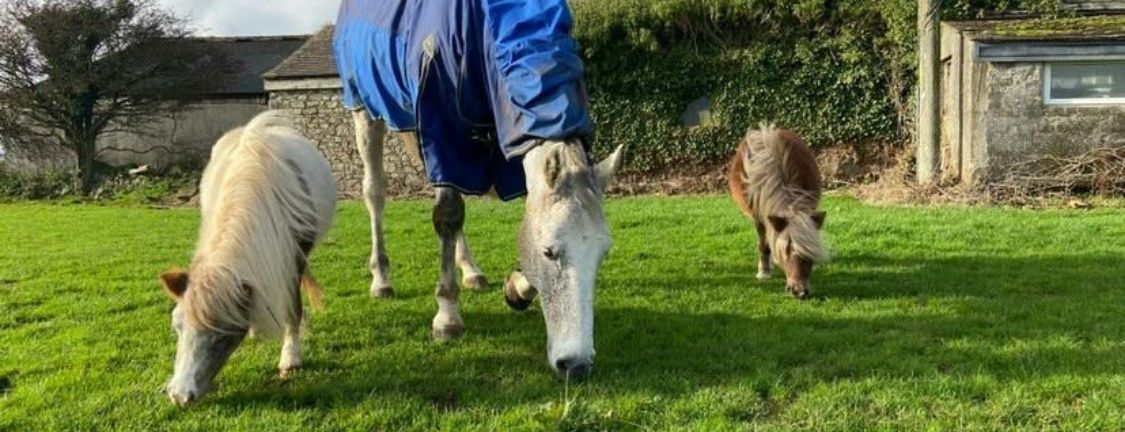
Respiratory disease in horses, a two-minute read giving you the knowledge of what to look out and listen for. Brian Reed from Rainbow Equine has kindly given us some key pieces of information to refer to if you're concerned about respiratory diseases in horses.
What are the key signs of respiratory disease in horses?
Increased respiratory rate and effort
Heave lines - a pronounced line along the lower half of the animal's barrel, below its rib cage, it happens because the horse only breathes through its nostrils, and not its mouth due to pain
Wheezing and crackling when breathing in and out
Coughing (and in severe cases, they will cough up phlegm).
A simple tip to help your horse's respiratory system stay healthy:
Poor ventilation and being stabled for longer periods of time during the winter will aggravate a respiratory condition. Stables are generally dusty environments and when cobwebs develop the dust problem only gets worse. Make sure you don’t sweep up or muck out when your horse is in his stable and remember to brush the ceilings and the walls of his stable regularly to remove dust and cobwebs - but only when he’s out in the field or tied up away from the stable. Horses are no different to humans - if we were in a dusty room for long periods of time we’d cough too. So remember to get as much air flowing through your stables as possible.
Good quality hay and haylage is also essential to ensuring your horse's respiratory system remains healthy. It’s better to pay a little more for good quality forage than be faced with a horse with long term respiratory problems. Yup, you got it, prevention is better than cure and as always if you're worried about your horse or have noticed a change in their behaviour, be sure to contact your vet to discuss further.
This blog is a basic guide to respiratory disease in horses. Infectious respiratory diseases caused by bacterial and viral infections must be dealt with quickly by a vet, for example, strangles and influenza. They can occur in horses of all ages and are particularly common in young horses, especially those kept in larger groups or yards. For more information on infectious respiratory diseases in horses visit the Royal Veterinary College website.
About Brian Reed
Brian was brought up in the Scottish Borders in a family with a strong veterinary background - he is the 4th generation to take up the profession. He graduated from Glasgow University Veterinary School in 2003 and after a brief spell working for his father’s practice, he moved to a large farm animal and equine practice on Teesside. Brian moved to Rainbow in 2008 to pursue his passion for equine practice, specifically reproduction, lameness investigation and pre-purchase examinations. Brian gained the RCVS certificate in equine practice in 2010 and became a Director of Rainbow Equine Hospital in 2015. Brian is a FEI Permitted Treating Vet and has provided veterinary services at many national and international Eventing and Dressage competitions. He is also an Official Veterinarian (OV), enabling him to perform equine export examinations and certification. Brian leads the breeding services at Rainbow and enjoys working with performance horses.
Rainbow Equine Hospital is the largest fully-equipped RCVS Tier 3 Equine Referral Hospital in the North East of England. Rainbow offers advanced diagnostic and surgical techniques in state-of-the-art facilities and is staffed with progressive specialists in equine soft-tissue and orthopedic surgery, internal medicine and diagnostic imaging.
